The Sweet History of Chocolate
When was chocolate discovered? That depends on which part of the world you’re talking about. The history of chocolate has been traced as far back as 1400 B.C.. Back then, chocolate wasn’t a bar filled with nougat, caramel, or nuts; ancient chocolate wasn't even solid food. Believe it or not, it was actually a drink! Keep reading to learn more.

Sketch of the Aztec People refining chocolate—East India Blogging Co.
Chocolate & the Aztec People
Way back when, chocolate was extremely bitter and was usually served unsweetened. In fact, etymologists trace the origin of the word "chocolate" back to the Aztec's word "xocoatl," which means "a bitter drink brewed from cocoa beans."
The Aztecs deemed chocolate more valuable than gold, often using it as a kind of currency. According to one 16th-century Aztec document, “one bean could be traded for a tamale, while 100 beans could purchase a good turkey hen.” Chocolate drinks, often fermented to form a type of alcoholic beverage, were considered to contain magical properties and were often consumed at various celebratory events like births, religious rituals, and marriages. Other ancient civilizations, like the Mayans and Olmecs, even used chocolate as a kind of medicine.
Chocolate’s inclusion in European history didn’t occur until 1528 when a Spanish Conquistador by the name of Don Hernán Cortez returned to Spain from an expedition to the New World. With him, he had brought cocoa beans! What’s more, he had discovered the trick for how two make chocolate’s naturally bitter drink more palatable; by sweetening the concoction with sugar cane or honey, chocolate became far more pleasing to drink and far more popular.
Once sweetener was added, chocolate’s widespread consumption in Europe exploded! Soon, exclusive “chocolate houses” were constructed, where members of the royal court and high-ranking social officials could indulge in a chocolate tipple. Believing chocolate to have nutritional, medicinal, and even aphrodisiac properties, AND because it was so expensive to refine, chocolate was largely a privilege of the rich. That is until Joseph Fry had his say.

Model of James Watt's modified steam engine used to process chocolate
Joseph Fry & His Contribution to Modern Day Chocolate Processing
In 1847, an inventor by the name of Joseph Fry patented a process utilizing a Watt steam engine to power a machine specifically designed for grinding cocoa beans. This new machine allowed the beans to be processed and refined on a much larger scale, thereby exponentially growing their availability and diminishing their exclusivity. Shortly after this device’s invention, bars of solid chocolate became widely popular amongst all social tiers. So popular in fact, that during the Revolutionary War, soldiers were sometimes paid in chocolate rather than money! Talk about sweet compensation.
Nowadays, chocolate potencies tend to vary. Some brands contain more sugar and additives rather than actual chocolate. Yet others pride themselves on crafting high-quality, handmade authentic chocolates. A quick Google search is all you need to find your any flavor of chocolate treats closest to you.

Early 20th-century diagram of how to make a chocolate bar—Chocolate Class
How Chocolate is Made
Chocolate is made from the fruit of the Cacao tree - a small, sensitive, evergreen tree grown on farms located in West Africa, Southeast Asia, North America, and Central America. Now, what are cacao beans? The Cacao tree’s fruits are called cacao pods, with each pod containing anywhere between 20-50 seeds. These seeds are more commonly known as beans. These beans, which are the main ingredient for chocolate, are naturally very bitter, requiring a series of labor-intensive steps before they can be enjoyed. These steps include harvesting, fermenting, drying, roasting, grinding, pressing, blending, and tempering.
-
Step 1 & 2: Harvesting & Fermenting
Because of the sensitive nature of the Cacao tree, modern harvesting equipment can not be used to collect pods. Instead, pods must be individually cut down using sharp blades or pruning hooks. Once the pods are harvested and the beans extracted, fermentation can begin. Fermentation is a complex scientific process in which tiny micro-organisms within the bean undergo intense chemical changes giving chocolate its signature flavor and color. The process of fermentation can take anywhere between two and eight days. -
Step 3 & 4: Drying & Roasting
After fermentation, the cacao beans are hand spread on large tarps to be sun-dried for up to two weeks. When a majority of the moisture has been evaporated, the beans are cleaned, inspected, sorted, and transferred to a roaster. Roasting further develops the chocolate’s distinctive color, flavor, and aroma, as well as helps to separate the outer husk from the inner bean. This inner bean is also called a ‘nib.’ -
Step 5 & 6: Grinding & Pressing
Once the nibs have been collected, they are finely ground into a paste called chocolate liquor or ‘cocoa mass.’ If pressed, this cocoa mass will separate into its individual components: cocoa solids (a.k.a. cocoa powder) and cocoa butter. -
Step 7 & 8: Blending & Tempering
If the chocolate liquor is not pressed, it is instead blended with sugar, vanilla, and milk before being tempered. Tempering is the process of heating chocolate to a specific temperature and then quickly cooling it. Doing so correctly realigns the crystalline structure of the sugars in the chocolate giving a bar of chocolate its characteristic silky, shiny look and stiff, rigid texture.
Five Fun Facts About Chocolate
-
Eating dark chocolate every day can help reduce the risk of heart disease by 33.3%.
-
The smell of chocolate increases theta brain waves, which can trigger and promote feelings of relaxation.
-
Chocolate contains theobromine, a chemical that can make dogs and cats ill because of their stomachs’ inability to properly digest it.
-
A cacao tree can live for over 200 years. However, it can only produce quality cocoa beans for about 25 of those years.
-
It takes roughly about 400 cocoa beans to make one pound of chocolate.
Embrace Your Inner Choco-holic!
Now that you know all about its whereabouts, you can fully embrace your inner chocoholic. Shop our delicious chocolate-themed treats today!

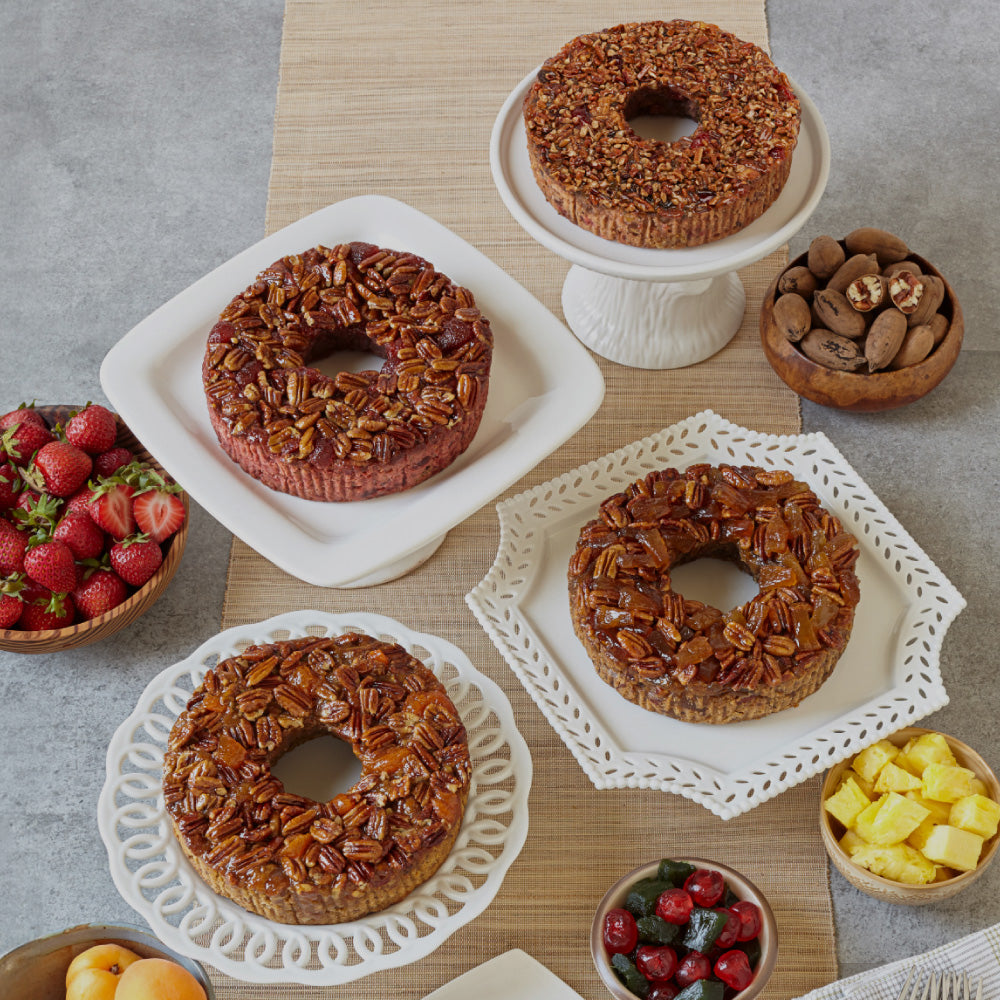
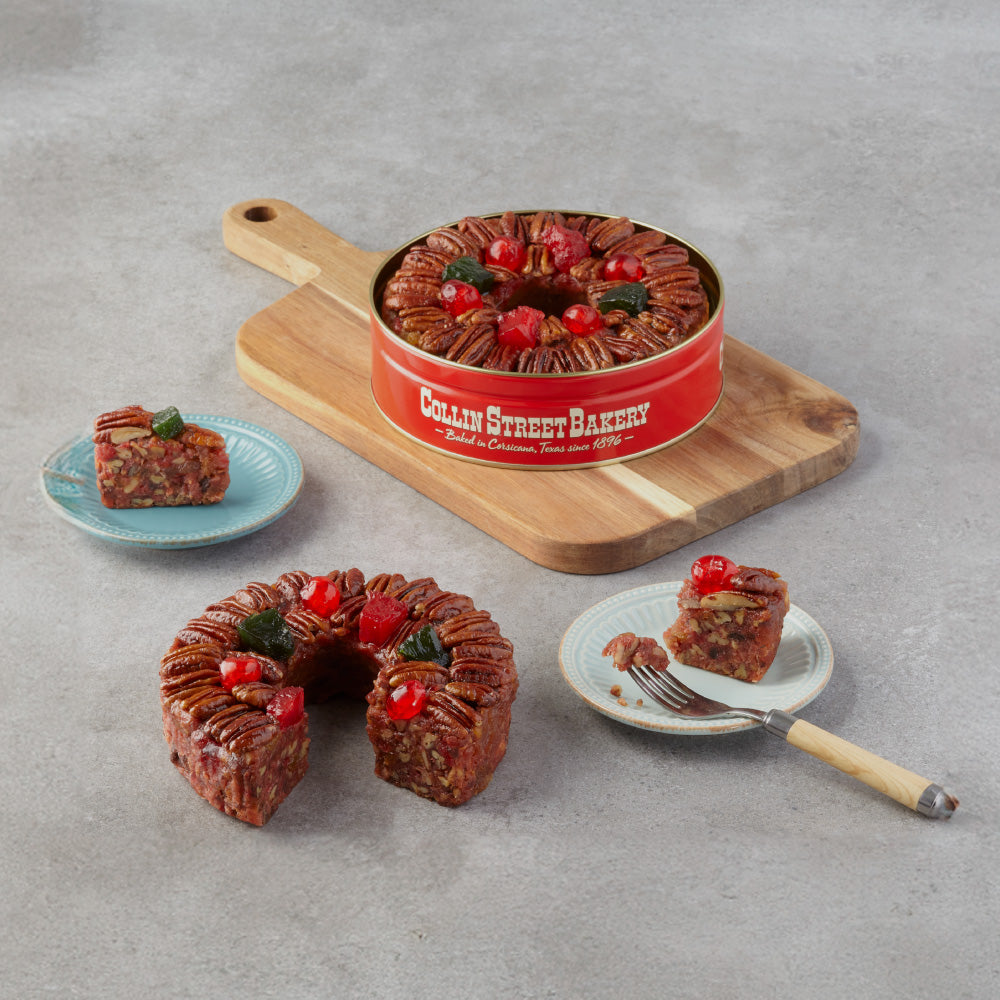
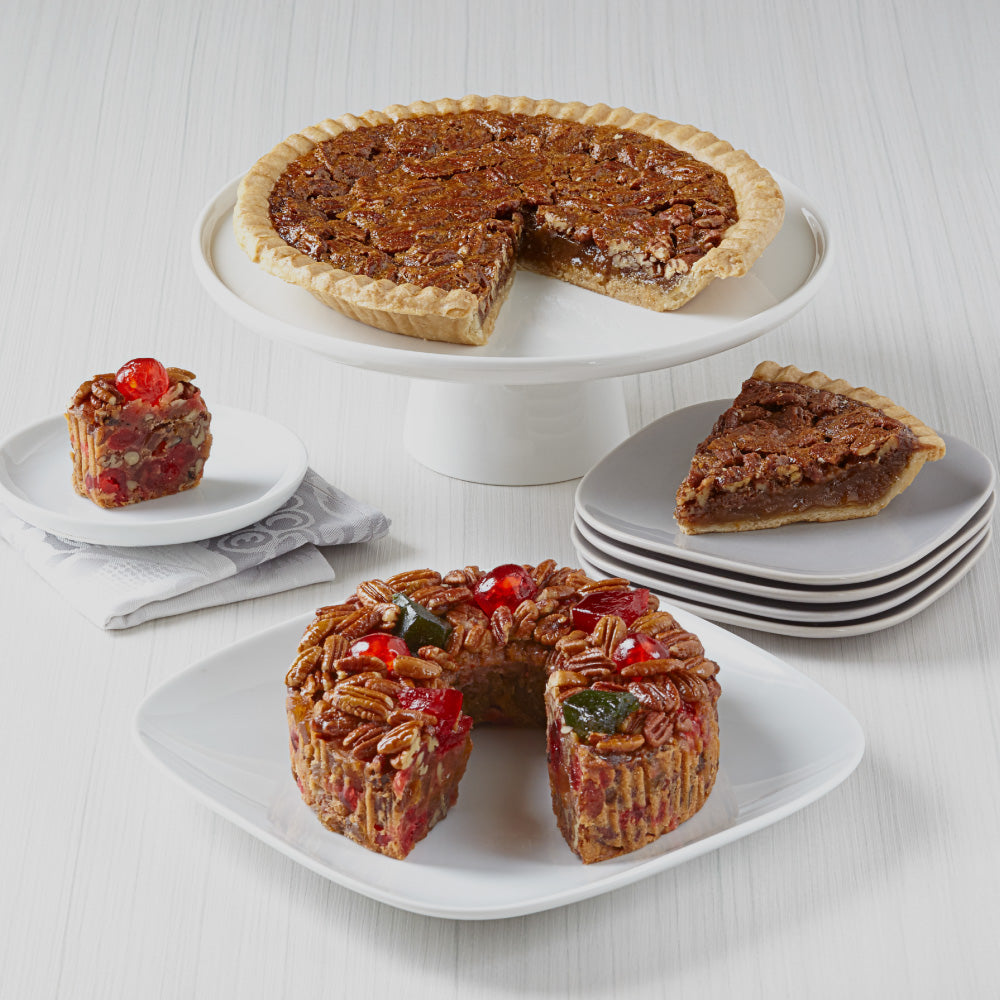
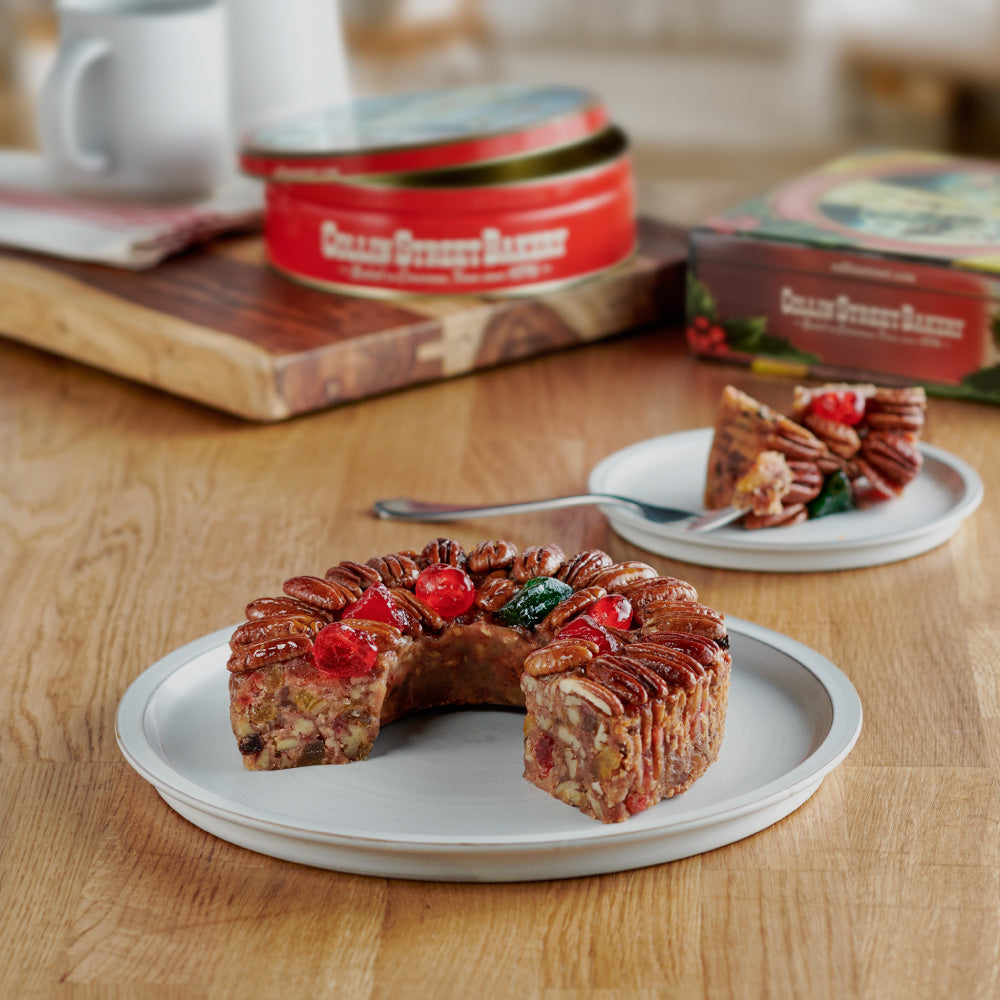

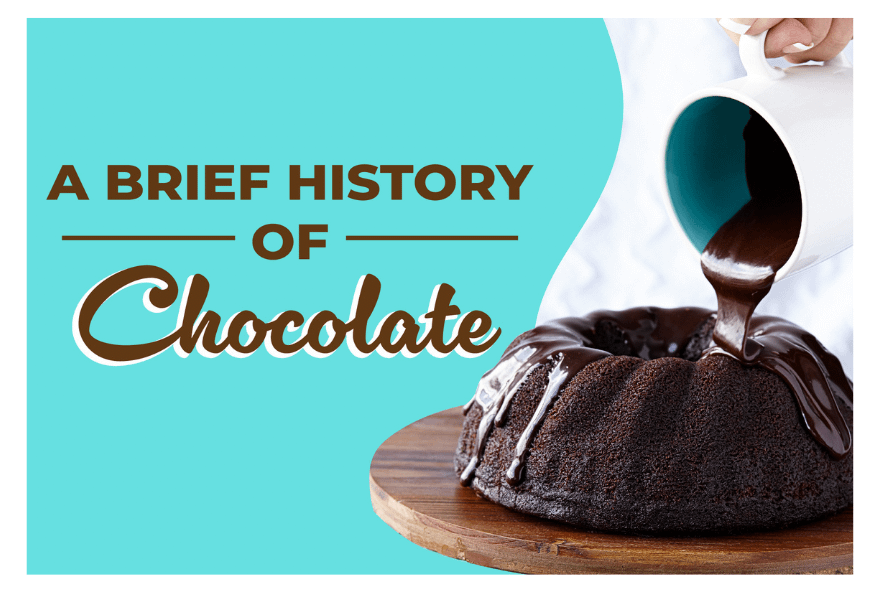


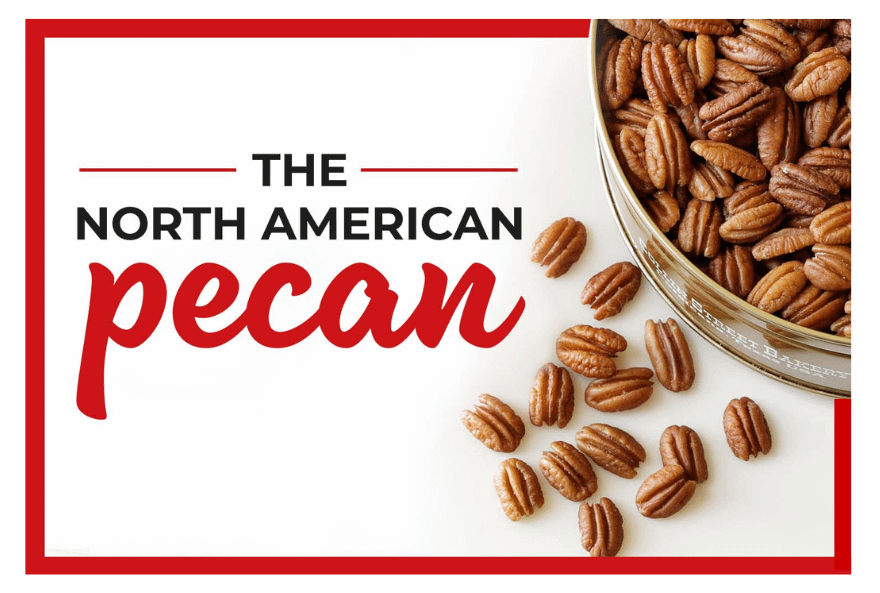
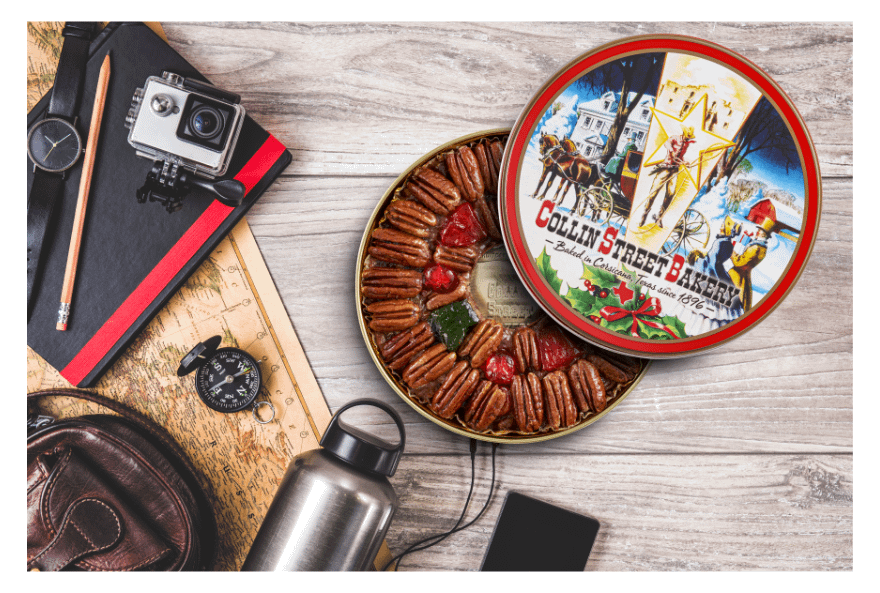
Leave a comment
This site is protected by hCaptcha and the hCaptcha Privacy Policy and Terms of Service apply.